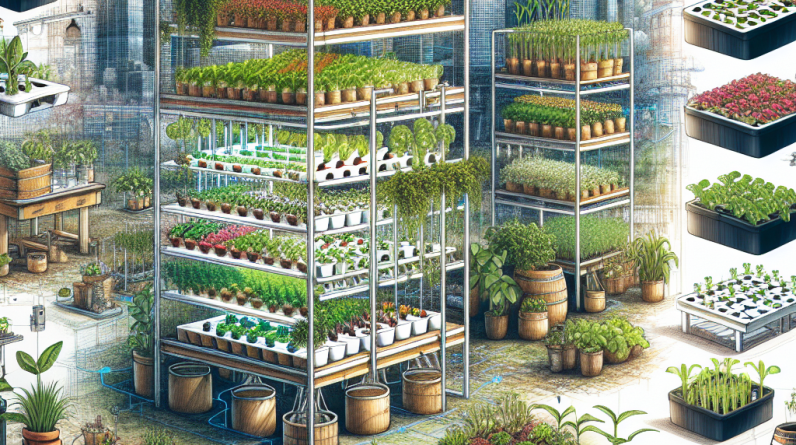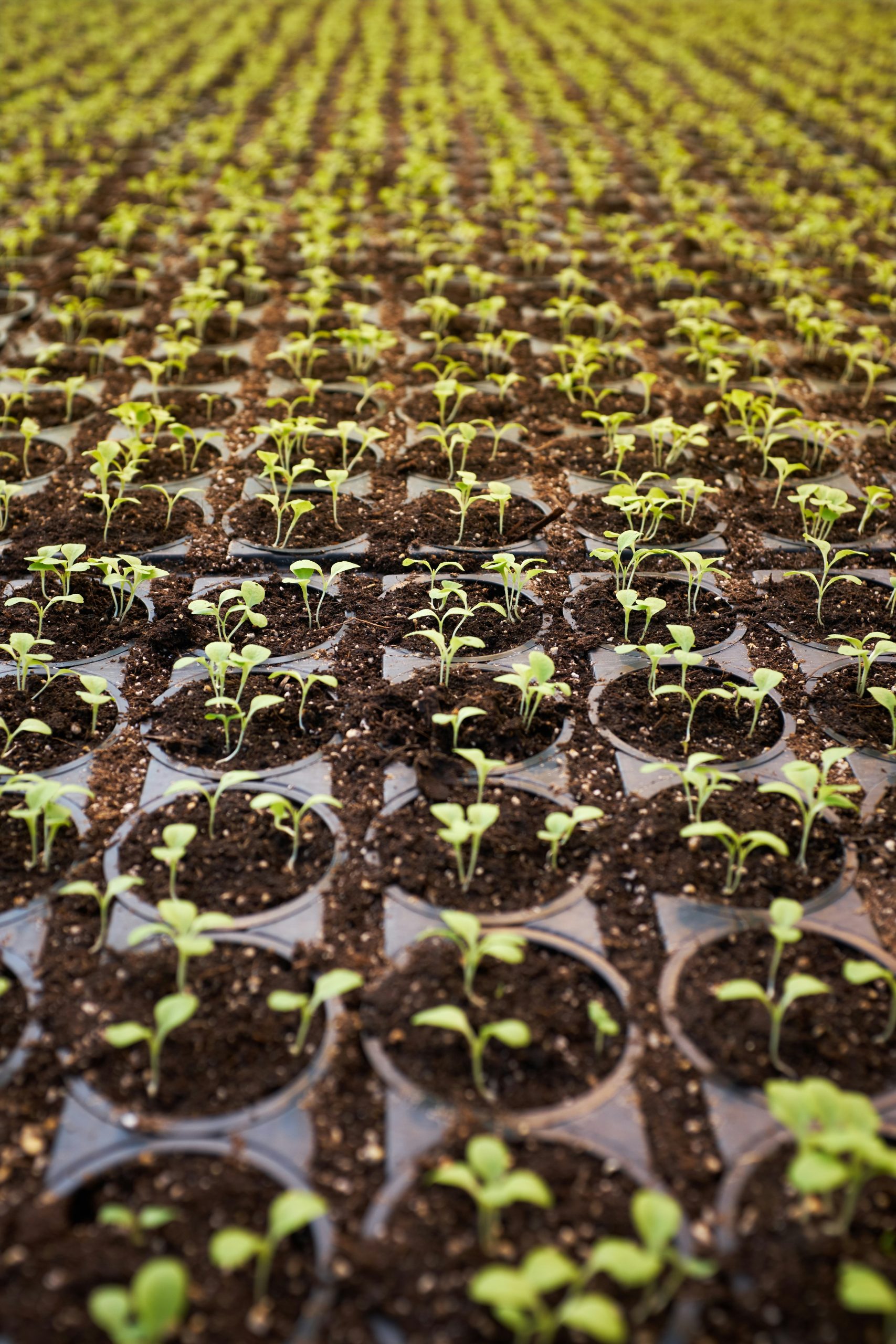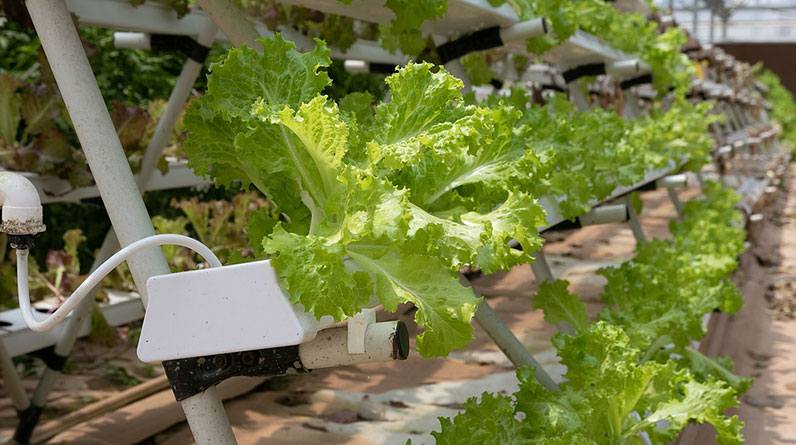
Identify Current pH Levels
Understanding pH Measurement Tools
First things first, let’s talk tools. To tackle pH imbalances, I found it essential to have a reliable pH meter or test kit. These devices measure the acidity or alkalinity of your nutrient solution, and trust me, you want one that’s accurate. There are plenty of options out there – digital meters are super user-friendly, while liquid test kits can be a tad more hands-on.
Now, when using a pH meter, make sure to calibrate it regularly. Meters can drift over time and calibration solutions are usually included with your meter. I learned this lesson the hard way – after some inaccurate readings, my plants were just not thriving! Calibration takes just a few minutes and saves you a world of trouble later.
Finally, take several readings at different times or stages of your solution, especially after adding nutrients or adjusting water. It gives you a fuller picture—think of it like a snapshot of your hydroponic system’s health.
When to Test Your pH Levels
Timing is everything in hydroponics. I found that a good rule of thumb is to test your pH at least once a week, but it’s even better after significant changes, like nutrient additions or water changes. By checking regularly, you can spot patterns before they become big problems. This practice made a huge difference in my yields!
Also, consider testing at different growth stages. Young plants might tolerate different pH levels compared to mature ones. I often noticed that my seedlings thrived at a slightly different pH than my fully grown plants, which was enlightening.
Lastly, don’t forget to make it a habit! Consistency will give you more data points and ultimately keep your hydroponic system healthier. Make it part of your weekly gardening routine – trust me, it’ll pay off!
Analyzing Environmental Factors
Now, let’s talk environmental factors! Temperature and light can really mess with your pH levels. I had one summer where my solution heated up too much under the grow lights, and boy, did my pH bounce around. Keep your grow area at a stable temperature; ideally, you want it between 65°F and 75°F (about 18°C to 24°C).
Also, consider how much light your plants are getting. Too much light can elevate temperatures and stress your plants, leading to pH fluctuations. It’s a balancing act, and I’ve learned that monitoring both these factors helps keep everything stable.
Lastly, humidity can’t be ignored. A humid grow room might lead to fungal issues, but on the flip side, low humidity can dry out your water and make it more concentrated, raising your pH. Being mindful of humidity levels in conjunction with your pH levels has been eye-opening for me.
Adjusting pH Levels
Using pH Up and pH Down Solutions
When you find that pH is off-kilter, it’s time to adjust. One of the easiest methods is to use pH up or pH down solutions, which you can find at any gardening or hydroponic store. Just remember to add a little at a time; it’s like cooking – too much and you might spoil it.
I’ve found that patience is key here. I often test the solution after every small adjustment. That way, I avoid the dreaded overshoot where I swing from too low to too high. It’s a delicate dance, but once you get the hang of it, it becomes second nature!
After adjusting, always let the solution sit for a bit before testing again. It gives any added substances a chance to mix in evenly. This is a small step, but so crucial to getting an accurate reading!
Natural Solutions for pH Adjustment
If you’re a fan of organic gardening, there are natural ways to adjust pH too! For instance, adding certain types of rock dust can help raise pH, while things like citric acid can lower it. I love exploring these methods because it feels more aligned with the natural approach I prefer.
One trick I learned is to incorporate ingredients like organic apple cider vinegar for an acid boost when I need to lower pH levels. It’s a more holistic approach and, anecdotal as it might be, my plants seem to appreciate it!
Always remember to test after making adjustments with natural methods. Just because they’re organic doesn’t mean they’re immune to causing swings in your pH levels!
Prevention Strategies for Future Imbalances
Lastly, prevention is the best medicine. After battling several pH issues myself, I realized the importance of setting a consistent schedule for monitoring. If you can spot an issue early, you can often adjust before it spirals out of control.
I’ve also made plant care more holistic by ensuring my hydroponic system is well-balanced with nutrients and good quality water. Quality water is key; if you’re using tap water, consider installing a filtration system to avoid harsh chemicals.
Finally, it’s good to stay educated. Joining a hydroponic community or reading up on new practices can reveal changes in how I approach my system. The more we learn, the better we can manage pH levels seamlessly!
FAQs
1. What is the ideal pH level for hydroponic systems?
The ideal pH range for most hydroponic systems is between 5.5 and 6.5. This range allows plants to absorb nutrients effectively.
2. How often should I test my pH levels?
It’s best to test your pH levels at least once a week, but I recommend checking more frequently after making changes to your nutrient solution.
3. What happens if my pH is too low or too high?
If your pH is too low, your plants may struggle to absorb essential nutrients, leading to deficiencies. Conversely, too high a pH can lock out nutrients, resulting in similar issues.
4. Can I use household items to adjust my pH levels?
Yes! Common household items like vinegar can lower pH, while baking soda can raise it. Just make sure to test before and after to avoid over-adjusting!
5. Are there long-term consequences of pH imbalances?
Absolutely. Chronic pH imbalances can lead to nutrient deficiencies, stunted growth, and even plant death if not addressed over time.
Related Content
- Common Problems in Hydroponic Gardening and How to Solve Them
- Boost Flavor and Nutrition with Hydroponics
- 10 Effective Indoor Water Gardening System Tips for 2025 Success
- The Ultimate Guide to Hydroponics in 2025: 7 Effective Tips for Beginners
- Hydroponic Gardening vs. Traditional Soil Gardening: Which Is Better?







